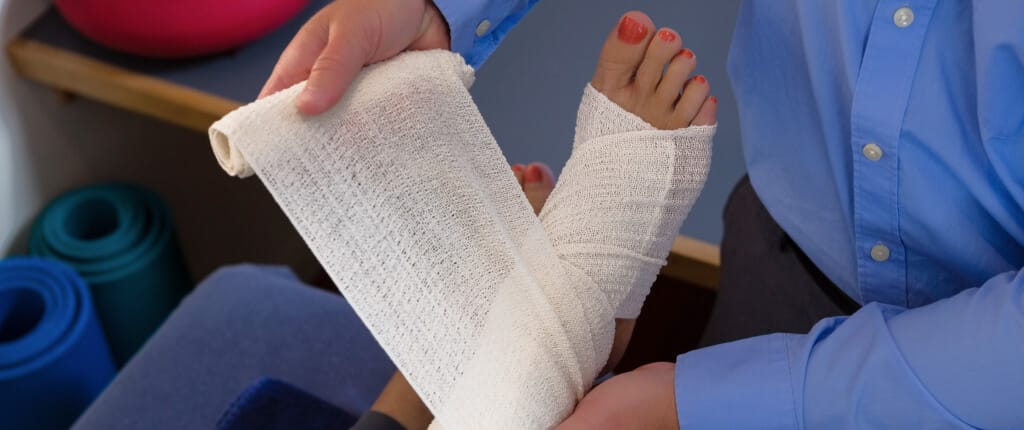Our Approach to Wound Care
The Center for Wound Healing & Hyperbaric Medicine provides the most advanced therapies and the latest clinical treatments to help you improve and heal difficult-to-treat wounds. We offer collaborative care with a team of doctors who specialize in wound healing and amputation prevention. Our team will assess your wound and determine the best treatment plan. Patients at our center receive treatment in a safe and comfortable setting with the expertise of our highly trained physicians, nurses, and wound specialists.

Why Choose Us for Wound Care?

Is Advanced Wound Care Right for Me?
If you have a wound that has not shown significant signs of healing after five to seven days of the occurrence, you may benefit from the therapies we offer. Advanced wound care may be appropriate for the treatment of:
Bone infection
Burns
Wounds associated with diabetes or compromised circulation, such as diabetic ulcers
Failed or compromised skin grafts
Gangrene
Radiation wounds or injury to tissue
Pressure ulcers or bed sores
Skin tears or lacerations
Incisions that do not heal after surgery
Traumatic wounds
Other chronic and non-healing wounds
Healing Starts Now- with 5 Locations Serving Maryland & Virginia
Recognizing Non‑Healing Wounds
Make an appointment with your healthcare provider if you experience any of the following symptoms:
If your toes appear purple or black
If you notice a sore area with increased warmth and redness
If your wound does not show significant signs of healing after five to seven days
If a wound keeps coming back in the same location
If you notice a wound and are not sure what caused it

Keep Informed. Take Care.
More than 8.2 Million Americans Will experience a Non-Healing Wound In Their Lifetime. The Center for Wound Healing & Hyperbaric Medicine Can Help!

